Chapter 7: Five Reasons You Should Care Where Your Junk Goes
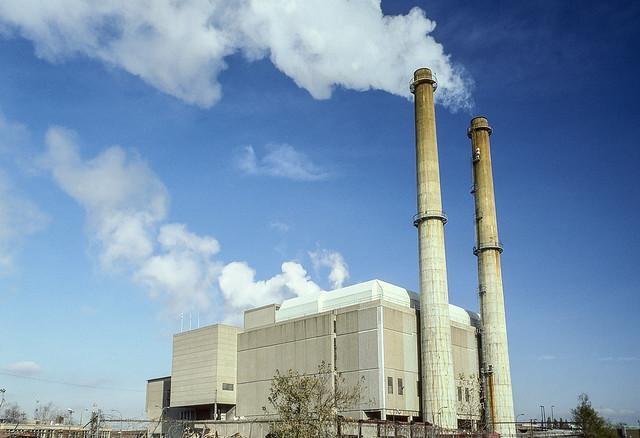
Your junk has a bigger socioeconomic impact than you might imagine.
Donating used clothing or old furniture is one way to keep your junk from filling up landfills. And recycling your plastics and glass bottles is also a great start, but it can’t be your only strategy. You need to thoroughly contemplate where your junk goes after it leaves your home. If you don’t acknowledge this, you’re blind to your impact on the environment, economy, and your community.
Here are five of the reasons you should bring more mindfulness to where your junk goes after it leaves your house.
It affects the environment.
We don’t often think about the manufacturing processes behind our products. These processes actually require many natural resources. Just consider that it takes some 22 gallons of water to make one pound of plastic. That’s just to create the material — it doesn’t even account for the foam or corrugated cardboard packaging materials that often go unrecycled.
And that’s only the packaging process — retailers still need to ship these products by truck or boat, both of which create a lot of pollution. It’s sad to think that consumers don’t see this environmental impact, so they tend not to think about it.
But junk has a huge environmental impact when not treated correctly. Some junk goes to the incinerator instead of the landfill. There are currently 86 incinerators spread across 25 states, and together they burn around 29 million tons of garbage each year. This practice is hardly any more eco-friendly than burying junk instead. Incinerator emissions contain lead, mercury, and other harmful substances.
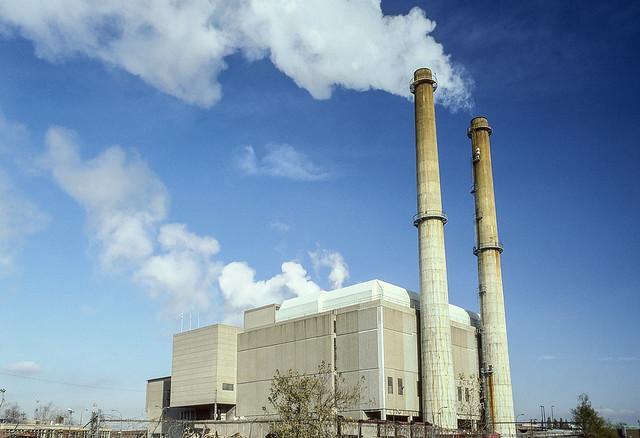
Image Credit: Flickr
The junk we don’t burn ends up in landfills where it can take up to 1,000 years to decompose. These landfills create a byproduct called leachate, a combination of moisture and junk runoff that pollutes the surrounding soil and water. This contamination contributes to the dwindling animal population and the scarcity of viable habitats. Our carelessness may keep pollution out of our homes, but it’s injecting it right back into the environment.
By caring about where your junk ends up, you’re helping to reduce its effect on the environment.
It impacts recycling and repurposing.
Recycling didn’t really enter the collective consciousness until the 1970s, when environmental concerns became more mainstream. Around this time, people created Earth Day, designed the recycling symbol, and established the first curbside recycling bin service. The mantra “reduce, reuse, recycle” has spread far and wide ever since.
Recycling is now second nature for many people. Glass, plastic, and paper materials fill up our recycling bins on a weekly basis. But we can recycle many more items than we actually do. This includes things like batteries, light bulbs, and crayons — they can go to specialty recycling centers or to organizations via mail-in programs. Our company has also recycled textiles, metals, and even building supplies. We’ve been successful in finding ways to recycle many things that aren’t traditionally considered recyclable.
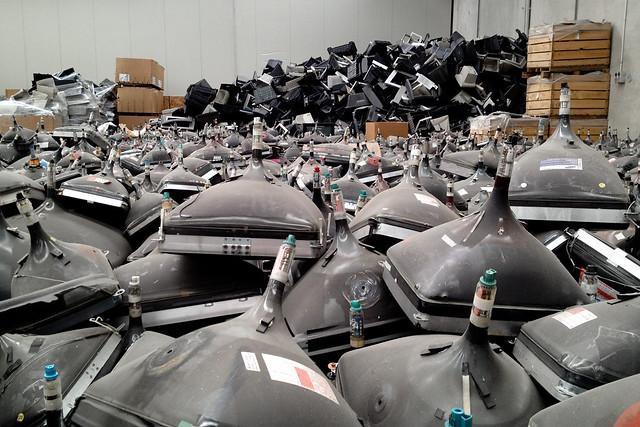
Image credit: Flickr
E-waste (like your broken Tamagotchi or flip phone) also has a place in recycling facilities. It’s shocking to hear that the US generated 11.7 million tons of e-waste in 2014. The worst thing you could do with your e-waste is to dispose of yours in a landfill, where it could leak hazardous byproducts. Take these items to a specialty recycling center.
You can also hire a sustainable junk removal company to recycle them for you. We’ve helped many of our customers recycle their discarded TVs, computers, monitors, and DVD players.
It takes a little more effort to recycle some items, but that short-term effort can generate a major positive effect in the long-term. We offer our services make this challenge to recycle just a little bit easier.
It’s tied to a social purpose.
When you’re invested in keeping your junk out of landfills, you’re part of a bigger social good. Eco-friendly junk removal along with donating, recycling, and repurposing, help to preserve the world for future generations. Your participation isn’t about supporting a company, but about supporting a local movement on its way to going global.
The UN’s Sustainable Development Goals Report 2018 states that climate change was “[one of the] major contributing factors leading to growing numbers of people facing hunger and forced displacement, as well as curtailing progress towards universal access to basic water and sanitation services.” By caring about where your junk goes after you’re done with it, you play a small part in alleviating these issues.
By donating, recycling, and repurposing, you’re also ensuring your junk doesn’t negatively influence communities. Local landfills and garbage incinerators contribute to disease and death in nearby communities because of water contamination and air pollution. Fewer sick people means less doctor and hospital visits, which translates to less public money spent on healthcare. Consider that the US government spends approximately $4,197 of public money per person. Healthier communities can help lower this cost.
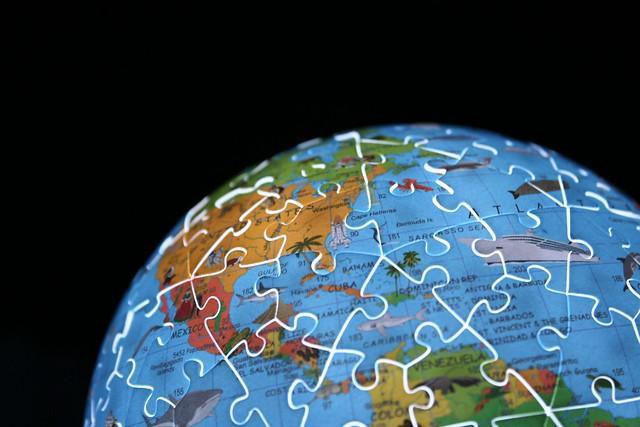
Image Credit: Flickr
Proper junk disposal comes with feel-good vibes attached. Instead of contributing waste to landfills or illegal dumps, your junk could find a new home through a charity or donation center. These organizations accept items like clothing, furniture, and appliances. Depending on the item and its condition, they’ll clean it up and sell it, or find a home where the item will be useful.
We partner with a number of charities and donation centers including The Salvation Army, Goodwill, and Habitat For Humanity. Through these groups, we’ve donated many items to folks in need the same day. It sends positive ripples into a community while keeping junk out of landfills at the same time.
It helps the economy.
When you pursue sustainable removal options for your junk, you create demand for greener businesses. There isn’t enough incentive in the present day for companies to pursue more eco-friendly removal options. But as more people seek greener junk removal services, you create a need for more infrastructure. It forces more businesses to notice this lack of options and to create new products or services to support it.
Through sustainable junk removal, you also create greener residential areas. Eco-friendly areas will attract more residents and businesses that are looking for new areas to grow. This influx in residents and businesses boosts the local economy in return.
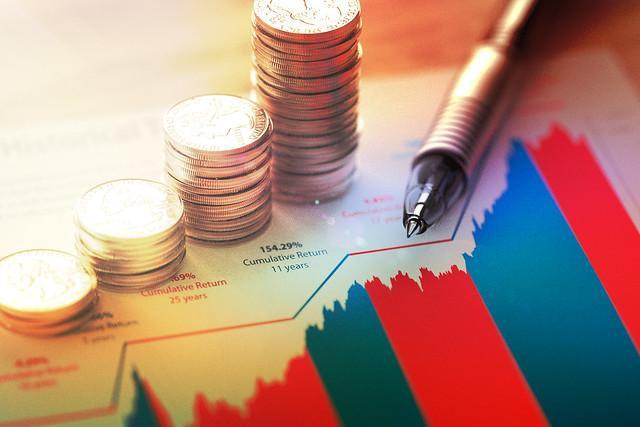
And when you recycle your old stuff instead of leaving it in a landfill, you allow companies to repurpose materials. Companies don’t need to use more natural resources to create brand new materials. This creates a lower cost for them to operate. By using fewer resources to create new materials, it also drives down the cost of utilities like water, gas, and electricity.
Using less means there’s more to go around and less of a demand.
It results in energy savings.
It takes a lot of energy and resources to manufacture new products and materials. Consider that 17 million barrels of oil go into creating all the water bottles we buy every year. To put it into perspective, that amount of oil could fuel to 1.3 million cars a year.
It’s easier to make things from recycled materials instead of manufacturing them from scratch. It takes a lot of energy required to make aluminum from scratch. But recycling an old aluminum can into a new one uses just 5% of the energy required to make a new one. And producing a product made from recycled paper requires only 60 percent of the energy required to create one from fresh wood pulp, according to the EPA.
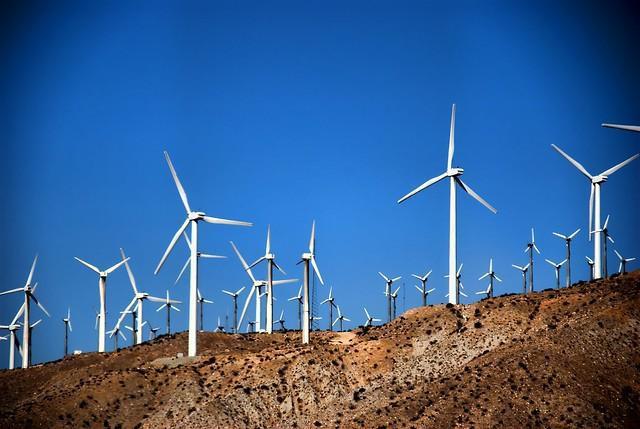
Image Credit: Flickr
We’ve become more and more dependent on energy consumption to keep us moving forward. But we shouldn’t exhaust energy on items we can recycle. By sorting your junk and sending it to recycling centers, you’re conserving the energy and resources necessary for creating new materials from scratch.
It’s tough to plead innocent when a bit of thoughtfulness could be the difference between having a negative socioeconomic impact. Though donating, recycling, and repurposing may seem trivial, their influence on everything else is huge. Thinking about where your junk goes and how it affects the planet and others is the first step toward doing your part to keep junk out of landfills.
Instead of embracing the “out of sight, out of mind” approach to your junk, it should become your individual responsibility. Then you can curtail how much of an effect your junk has on a social and economic level.
Check Out Chapter 1: The Typical Junk Journey
Check Out Chapter 2: Everything You Need To Know About Landfills
Check Out Chapter 3: 26 Household Items That Don’t Disintegrate In Landfills
Check Out Chapter 4: 38 Statistics About Waste Management That Will Blow Your Mind
Check Out Chapter 5: The Sustainable Journey Of Your Junk
Check Out Chapter 6: 21 Household Items You Should Be Recycling (And Probably Aren’t)
